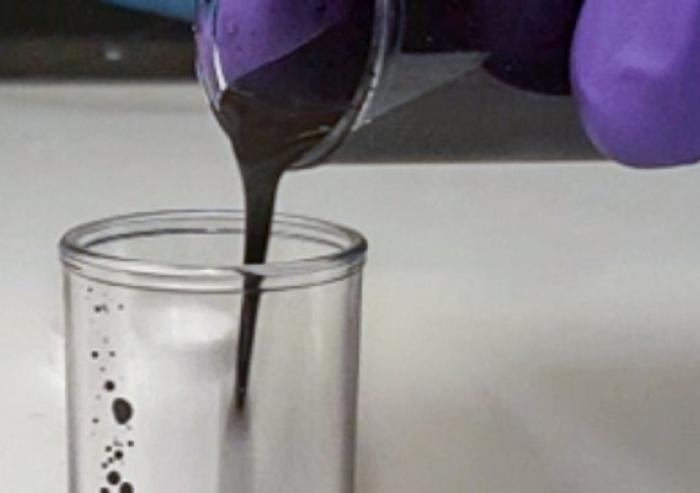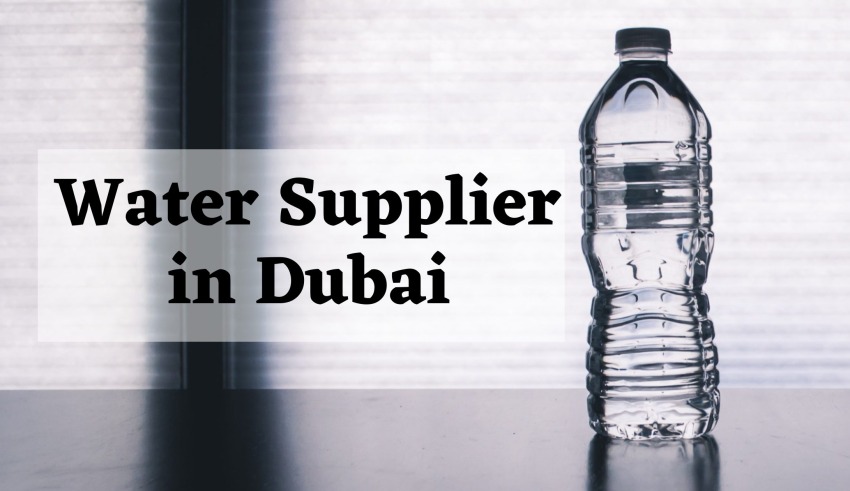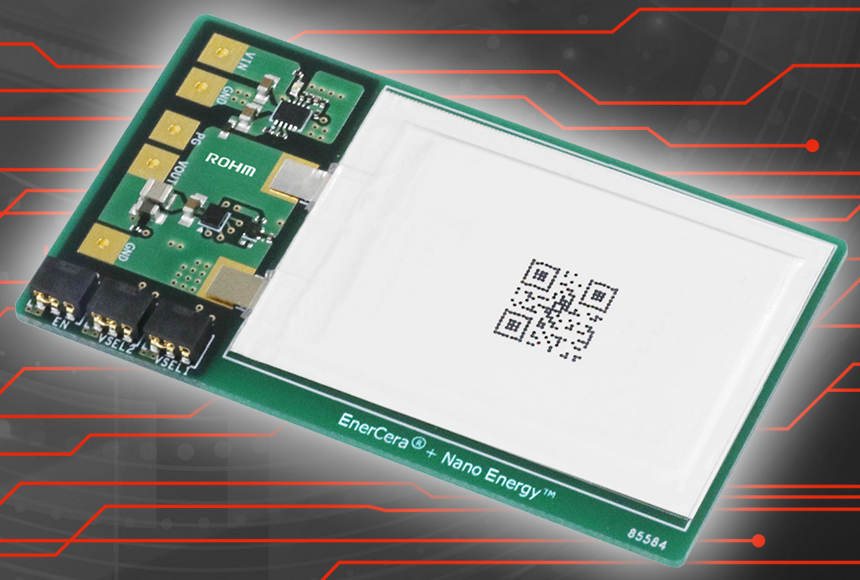
Given a low-cost working fluid and big tanks, they could store enormous amounts of energy.
Seeking that low-cost fluid, MIT is proposing to use a semi-solid suspension of manganese dioxide particles and carbon black as one electrode, with metallic zinc as the counter electrode.
The liquid is not thick through choice, it just has to be that way to keep the manganese dioxide and carbon particles suspended.
It’s “like thick black paint or perhaps a soft-serve ice cream”, said MIT engineer Gareth McKinley. “These systems have to be able to flow under reasonable pressures, but also have a weak yield stress so that the active particles don’t sink to the bottom of the flow tanks when the system isn’t being used, as well as not separate into an oily clear fluid phase and a dense paste of carbon particles and MnO2.”
Various combinations of the constituents are possible, needing between 8% and 50% of the stored energy to run the pumps, depending on use case.
Could this be cost-effective? The team has made some estimates.
“Assessing the cost and performance of early technologies is very difficult, and this was an example of how to develop a standard method to help researchers at MIT and elsewhere,” said fellow researcher Emre Gençer. “One message here is that when you include the cost analysis at the development stage of your experimental work, you get an important early understanding of your project’s cost implications.”
The MnO2-Zn battery was compared with other technologies including lithium-ion batteries, vanadium redox flow batteries and hydrogen fuel cells, evaluation the potential capital costs of storing energy for eight, 24 and 72 hours.
For battery discharges longer than a day, according to the university, the semi-solid flow battery, with its high pumping costs, beat lithium-ion batteries and vanadium redox flow batteries.
“I was skeptical, and not expecting this battery would be competitive, but once I did the cost calculation, it was plausible,” said Gençer. “Lithium-ion is great for back-up of eight hours and under, but the materials are too expensive for longer periods. Hydrogen is super expensive for very short durations, and good for very long durations, and we will need all of them.”
The work is covered by ‘Low-cost manganese dioxide semi-solid electrode for flow batteries‘, a paper published in Joule.
This is not the first time MIT has proposed sludgy flow batteries. Over a decade ago a different team was looking into lithium compound mixed with liquid electrolyte.







